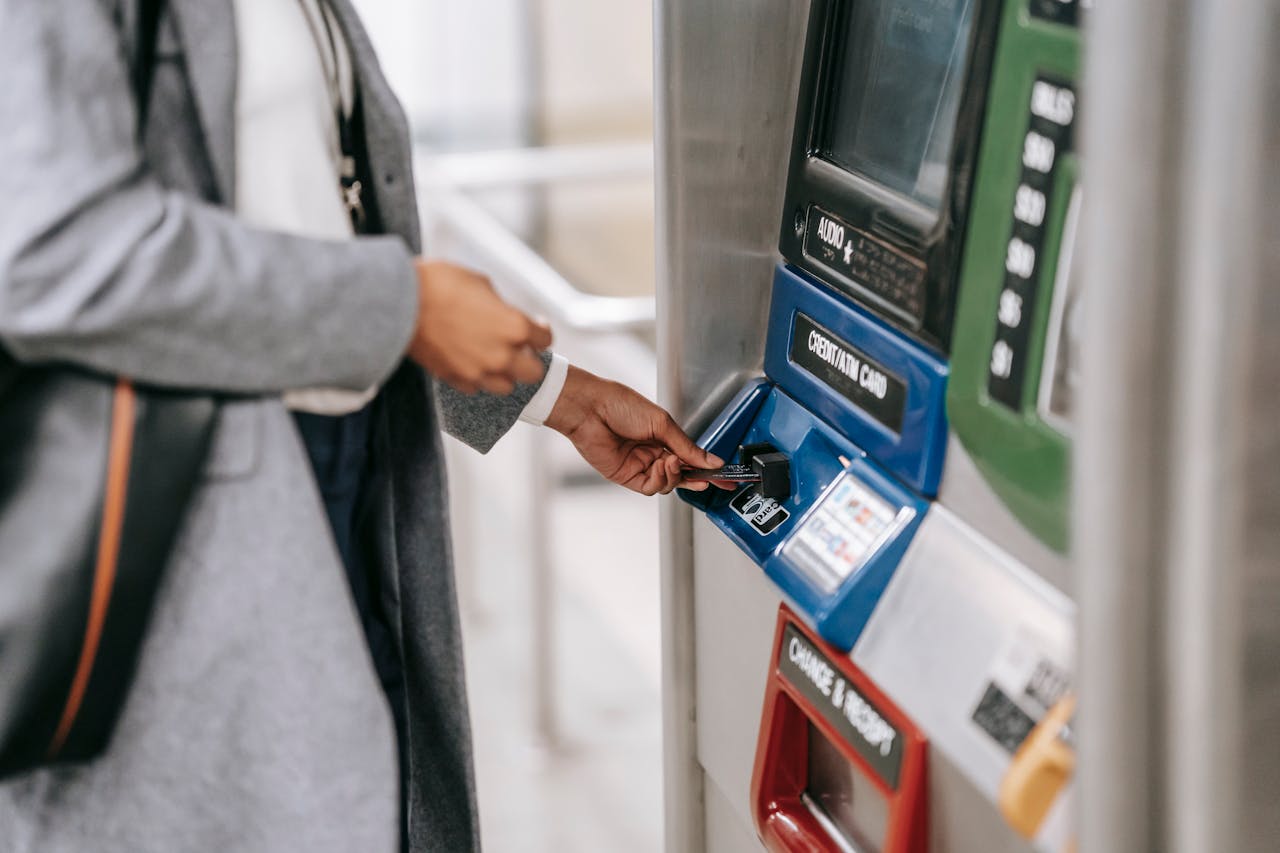

As the Philippines economy reopens and continues to roll out massive vaccination programs, the government is offering investment opportunities for real estate developments.
The Philippines economy can be considered as one that is volatile to political, natural, and global risks.
However, the country had shown resiliency when it succeeded in bouncing back from the COVID-19 pandemic by leveraging its robust population of young, literate, and dynamic consumer power, further bringing the country to its reputation as a solid and attractive market.
The government also plays a critical role in the Philippines' journey to recovery by continuing various infrastructure projects such as the development of the Metro Manila Subway and the North-South Commuter Railways System.
The projects were made possible by massive injections and efforts in inviting foreign direct investments concentrated to the infrastructure and construction sectors.
Despite the economic slowdown and continuous COVID-19 breakout in the country, land values across Manila have been climbing steadily. The rise in land values indicates the long-term prospect that land holds once the economy picks up and businesses recover.
There is upside potential for new growth centers where property prices have not yet skyrocketed, such as in Pasig and Quezon City.
Moreover, many domestic financial institutions are becoming less stringent with their terms due to the crisis-induced-low interests, a buying opportunity for investors seeking to build offices and residential spaces.
The demand for the office space sector has proven to stay strong despite the persistence of the COVID-29 pandemic.
As global firms seek to cut costs and outsource amid the global economic slowdown, the Philippines becomes one of the highlighted destinations for the outsourcing market.
The government has forecasted the outsourcing market to grow by 9 percent consecutively for the next five years, accounting for up to 22 percent of the global outsourcing market.

The hopeful prospect for the Philippines' real estate sector rose as investors shifted their preference to micro cities that offer proximity from residential areas to the office.
Moreover, the shift to a working-from-home culture also translates to appreciation in property values as people seek to be more comfortable in their personal space.
Consumer behavior is changing for the better: function becomes the heavier considerations, people look for open spaces, good ventilation, and natural lighting to ensure quality livelihood as they plan to spend more time in the comfort of their home.
Nevertheless, the Philippines' high forecast to its real estate sector relies on their domestic consumer behavior and the global outsourcing sector.
While the real estate players count on consumers' shifting behavior to high-value assets, the number of people with the ability to invest in the buying window would not cover the sector's aim to rise beyond pre-pandemic levels.
As the COVID-19 pandemic continues through the lack of responsive vaccination rollout, people hold on to liquidity despite the government's stimulus programs.
The Philippines is yet to guarantee its real estate success shortly. However, with the country's agile attempts to provide a quality livelihood to its people through massive governmental projects, the nation holds on to its promising returns, albeit at a slower pace.

Leading the Charge: Major Players in SEA’s Digital Lending Market
The fintech lending market in SEA is poised for substantial growth, including digital lending which is set to surpass digital payments as the primary revenue driver for the region's digital financial services sector by 2025, with a compound annual growth rate (CAGR) of 33%. This growth is fueled by the widespread adoption of automated loan origination processes and the seamless integration of financial services into digital platforms.

Unlocking Opportunities in the SEA Digital Financial Services Landscape
In recent years, Southeast Asia (SEA) has emerged as a hotbed for fintech innovation, transforming the financial landscape across its diverse markets. This transformation is characterized by a surge in digital financial services (DFS), revolutionizing how individuals and businesses manage their finances. However, the journey is not without its challenges, and understanding these is crucial for stakeholders aiming to navigate this rapidly evolving sector.

How SEA Startups are Navigating Funding Challenges
The startup ecosystem in Southeast Asia (SEA) has long been a vibrant hub for innovation and growth. However, recent global economic shifts and the aftermath of the COVID-19 pandemic have ushered in a new era of funding challenges.

Challenges for Sustainable Recovery in Southeast Asia
Sustainable recovery in Southeast Asia faces numerous challenges, yet also presents significant opportunities for green growth. Addressing sustainable issues is crucial for achieving a resilient and sustainable future.